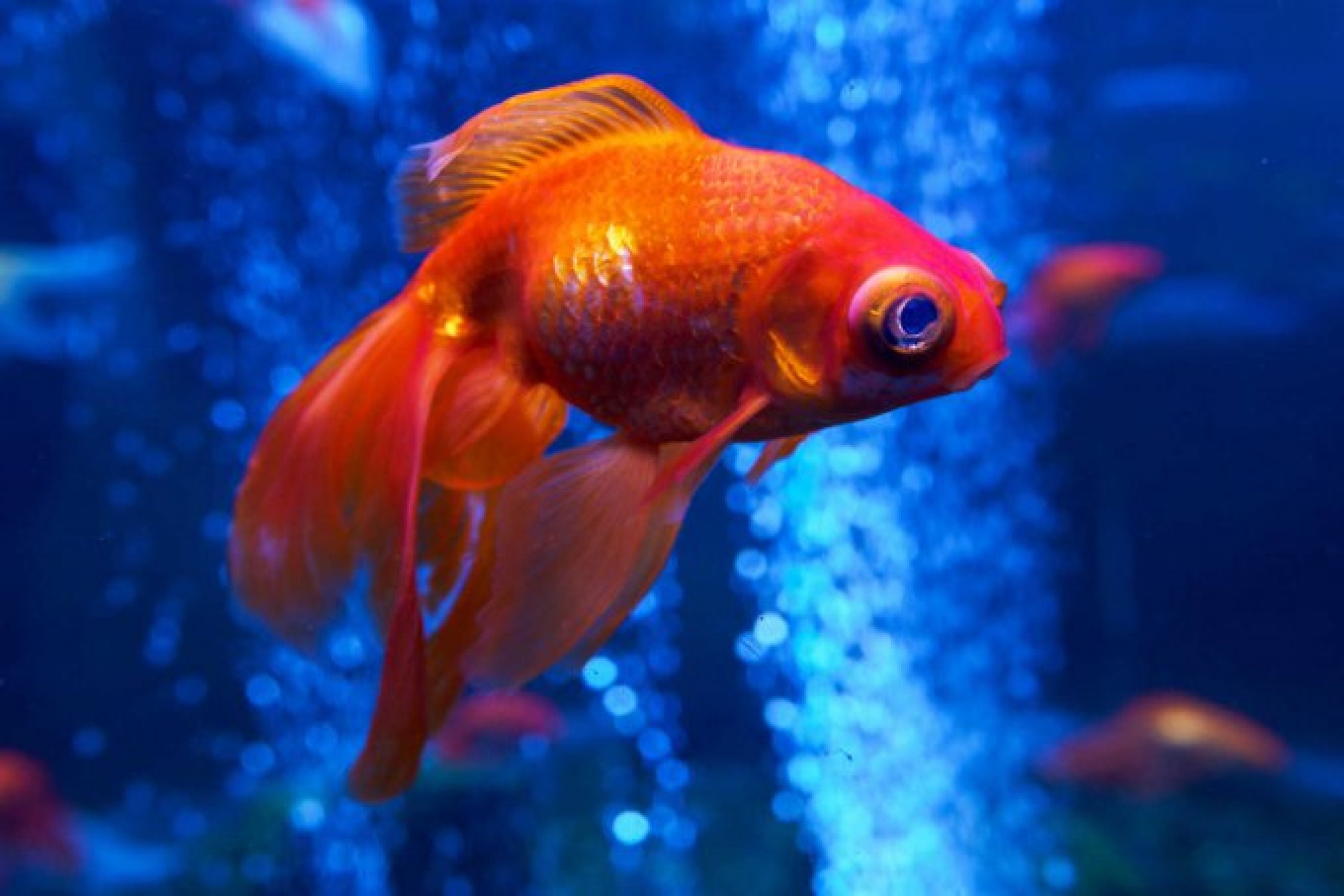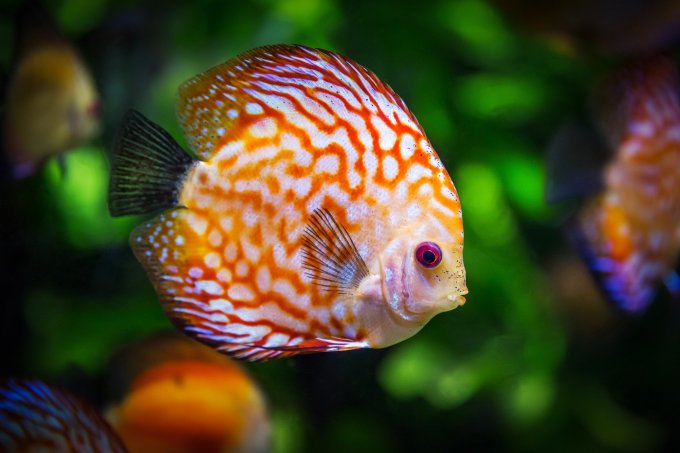Common diseases in aquarium fish

Friday, 26 April 2024

Viruses, bacteria and parasites can be found in the aquatic environment as well as on land. Keeping fish in an aquarium, we must reckon with the fact that our underwater pets may also get some diseases. In this article, we present the most common diseases that can be observed in aquarium fish.
Fish pox is one of the most common diseases occurring in aquarium fish. Detected at an early stage, it is fully curable. Ichthyophthiriasis is characterized by visible white dots that can be seen all over the body of infected fish. The cause of this disease is a parasite - subepithelial roundworm. In the first stage of the disease fish starts to "rub" on the substrate, stones and other decorative elements in aquarium. In the next stage of the disease characteristic white spots appear on the fish body. Fish pox is primarily treated by increasing the aquarium temperature to 30⁰C to prevent the galls from multiplying. When raising the aquarium temperature, be sure to increase aeration, as oxygen has a reduced solubility in such warm water. In addition to raising the water temperature you should also use medications containing malachite green, which acts as a disinfectant and antiparasitic. If you want to prevent smallpox, you should acclimatize new fish to the conditions in your tank before introducing them.
This is the second most common disease in aquarium fish, after fish pox. Saprolegniosis is a kind of mould that appears on fish's body. For healthy fish it is not life threatening, but for fish with reduced immunity it is even deadly. Development of thrush is observed in water reservoirs, in which conditions have deteriorated: e.g. water quality or filtration has decreased. The appearance of fungus on the fish's body is favoured by mechanical damage on the fish's body, e.g. abrasions, as well as low water temperature. The first symptom of thrips is the appearance of "cotton wool" in the place of the injury. In advanced stage of the disease fungus penetrates deeper parts of fish's body and can appear protruding from mouth or gills. The treatment involves changing the water in at least 50%, raising the temperature of the water and increasing its aeration. Sick fish should be caught and placed in an isolation room, with a prior bath in potassium permanganate solution. Medication, supplements or preparations for treating diseases can be found at good aquarium shops https://trzmiel.com.pl/akwarystyka-slodkowodna/leki-i-suplementy.
This is a parasitic disease, also called velvet disease. The cause of this disease are protozoa of the Oodiniumpillularis and Oodiniumlimnetioum group. Oodinosis manifests itself as: rubbing of fish against the substrate, lack of appetite, sticking together of fins, breathing problem due to excessive mucus accumulation. Copper sulphate is used for treatment.

This is an incurable disease, because the symptoms of this disease can be seen when it is already in an advanced stage. It is a bacterial disease that occurs most often in immunocompromised fish when poor conditions or poor diet are observed in the aquarium. The bacteria causing the disease attack the fish's internal organs, causing them to shrink. Damaged kidneys mean lack of blood filtration and accumulation of water in the body, which leads to death. Symptoms that are observed in the advanced stage are swollen, bloated body of the fish, protruding scales or blowing up of the eyeball.
It is bacterial disease which develops very slowly. Symptoms of mycobacteriosis include: apathy, emaciated body, damaged and falling out scales, spine deformation, exophthalmos, frayed fins, loss of coloration of fish body, lack of appetite. This disease is difficult to cure, because when we notice symptoms, it means that mycobacteriosis is already in advanced stage. The damage caused by bacteria is not reversible, so the fish body is destroyed from the inside and mycobacteria are resistant to most antibiotics. The best solution is therefore to remove the diseased fish.
Partner's article